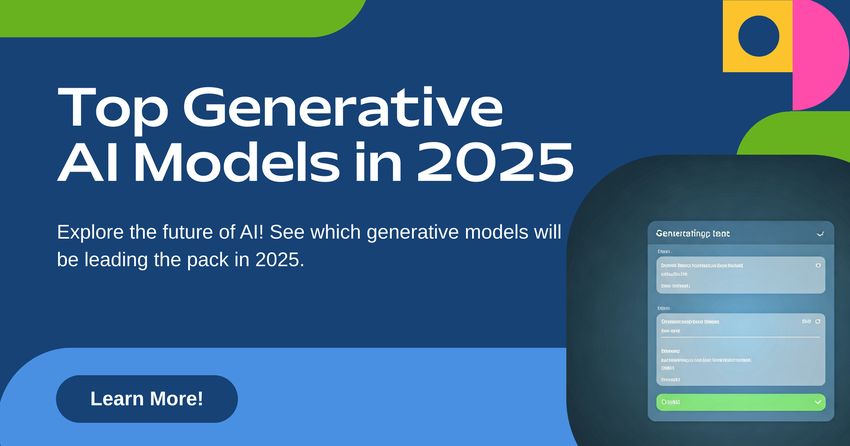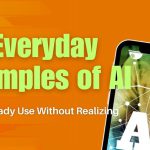🤖 Introduction: The AI Text Generation Landscape in 2025
Generative AI has transformed how we write, work, and code. As of mid-2025, the competition among AI text generation models is fiercer than ever. With advancements in context memory, safety protocols, and multimodal abilities, new versions like ChatGPT-4.1, Claude Opus 4, and Gemini 2.5 Pro have taken center stage.
In this article, we compare the five most relevant and powerful text-generation models today:
-
ChatGPT-4.1
-
Claude Opus 4
-
Gemini 2.5 Pro
-
LLaMA 4
-
Mistral Medium 3
🔹 1. ChatGPT-4.1 by OpenAI
📌 Highlights:
-
Developer: OpenAI
-
Platform: ChatGPT (chat.openai.com)
-
Version: GPT-4.1 (July 2025)
-
Access: Free tier with GPT-3.5; GPT-4.1 via Plus subscription
🌟 Key Features:
-
Smarter, faster, and more memory-efficient than GPT-4 Turbo.
-
Supports multimodal input (images, files, and code).
-
Enhanced tool integration: code interpreter, browser, and DALL·E.
-
Memory feature: Persistent memory remembers user preferences.
-
Access to Custom GPTs, making it highly adaptable.
💡 Ideal for:
-
Writers, developers, and researchers needing flexible tools.
-
Business applications requiring intelligent agents and automation.
🔸 2. Claude Opus 4 by Anthropic
📌 Highlights:
-
Developer: Anthropic
-
Version: Claude Opus 4 (June 2025)
-
Access: Claude Pro subscription (claude.ai)
🌟 Key Features:
-
Anthropic’s most advanced model — excels in reasoning and logic.
-
Industry-leading context window: 200K tokens for large-scale processing.
-
Built on Constitutional AI principles for safer, transparent outputs.
-
Handles structured data, programming, and long-form writing with finesse.
🔍 Strengths:
-
Produces highly trustworthy, clean, and insightful responses.
-
Strong performance in business analysis, education, and healthcare AI.
💡 Ideal for:
-
Enterprises focused on safe and ethical AI.
-
Professionals needing deep reasoning and analysis tools.
🔹 3. Gemini 2.5 Pro by Google DeepMind
📌 Highlights:
-
Developer: Google DeepMind
-
Version: Gemini 2.5 Pro (May 2025)
-
Access: Gemini Advanced subscription or Google Cloud Vertex AI
🌟 Key Features:
-
Natively multimodal — processes text, image, audio, and video.
-
Massive 1 million token context window for deep documents or codebases.
-
Embedded in Google Workspace (Docs, Sheets, Gmail) for seamless productivity.
-
Known for fluid, human-like dialogue generation and summarization.
🔍 Strengths:
-
The most advanced model for multimodal tasks and media-rich environments.
-
Optimized for speed, scalability, and enterprise use.
💡 Ideal for:
-
Teams building multimodal apps, business intelligence tools, or educational content.
🔸 4. LLaMA 4 by Meta AI
📌 Highlights:
-
Developer: Meta AI
-
Version: LLaMA 4 (June 2025)
-
Access: Open-source (models available for local or cloud deployment)
🌟 Key Features:
-
Open-source architecture — ideal for private or secure AI use.
-
Highly efficient with improved reasoning and multilingual capability.
-
Comes in various sizes: 8B, 70B+ parameters, deployable on a range of systems.
-
Community-driven enhancements, including plugins and adapters.
🔍 Strengths:
-
Transparent and modifiable — great for researchers and startups.
-
Comparable performance to GPT-4.1 and Claude 4 in many NLP benchmarks.
💡 Ideal for:
-
Developers wanting control, customization, and cost-efficiency.
-
Researchers studying AI behavior and safety.
🔹 5. Mistral Medium 3
📌 Highlights:
-
Developer: Mistral (France)
-
Version: Medium 3 (July 2025)
-
Access: Open-source, with enterprise options
🌟 Key Features:
-
Highly efficient, sparse mixture-of-experts (MoE) architecture.
-
Lightweight yet powerful — great for on-device and cloud use.
-
Focused on speed, scalability, and privacy-preserving AI.
-
Integrated into many open-source AI stacks and edge applications.
🔍 Strengths:
-
Blazing-fast inference, even on lower-end hardware.
-
Gaining rapid adoption in decentralized and embedded systems.
💡 Ideal for:
-
Teams building apps requiring low latency and custom control.
-
Innovators looking to deploy AI at scale affordably.
📊 Feature Comparison Table (Updated 2025)
| Model | Multimodal | Max Context | Open Source | Tool Support | Performance Level |
|---|---|---|---|---|---|
| ChatGPT-4.1 | ✅ | 128K | ❌ | ✅ (Plugins + Code) | Elite |
| Claude Opus 4 | ❌ | 200K | ❌ | ✅ (File handling) | Elite |
| Gemini 2.5 Pro | ✅ | 1M | ❌ | ✅ (Workspace + API) | Elite |
| LLaMA 4 | ❌ | ~65K | ✅ | ⚠️ (DIY setup) | Near-Elite |
| Mistral Medium 3 | ❌ | ~32K | ✅ | ⚠️ (Limited tools) | Efficient |
🎯 Which Model Should You Choose?
👨💼 For Businesses:
-
Claude Opus 4 for trustworthiness and legal/HR-focused AI.
-
Gemini 2.5 Pro for content creators and multimodal projects.
-
ChatGPT-4.1 for balanced capability and versatile tool access.
👨💻 For Developers:
-
LLaMA 4 offers unparalleled freedom for experimentation.
-
Mistral Medium 3 is optimal for rapid prototyping and low-resource use.
🧠 For Researchers:
-
LLaMA 4 and Mistral models are preferred for open experimentation.
-
Claude 4 for ethical AI studies and safe LLM benchmarking.
🔮 Final Thoughts
The world of text generation in 2025 is not just about how well a model can write — it’s about how well it integrates into your workflow, scales with your needs, and aligns with your ethical values. Whether you need power, privacy, speed, or safety, there’s now a model designed just for you.
AI is becoming not only your assistant — but your collaborator. And with each new version, we inch closer to truly intelligent software that understands, adapts, and empowers.


